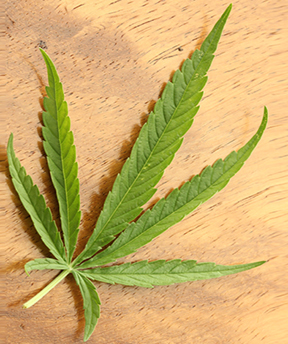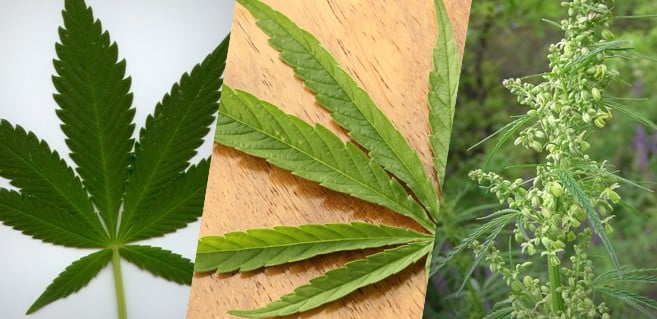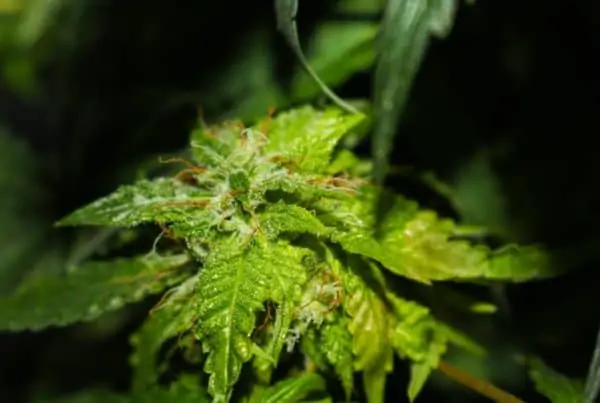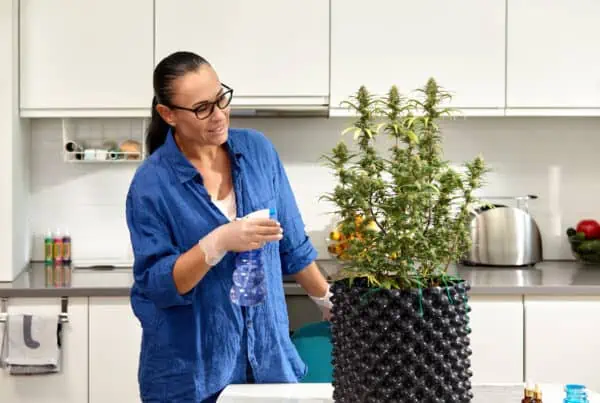TABLE OF CONTENTS
All cannabis technically originated from the “Cannabis Sativa” species, although it is widely accepted that there are 3 main varieties of cannabis species.
1. Cannabis Sativa
2. Cannabis Indica
3. Cannabis Ruderalis
Each is quite different from one another.
Cannabis Sativa

Grows tall, anywhere from 5 to 25 feet high.They are easily recognized by their long, serrated, pointy, light green leaves.
Sativa plants also have long internode spacing between their branches, usually three to six inches apart. Sativa plants usually have a high level of THC in them, which often results in a cerebral and energetic feeling for the user.
Once flowering has begun, sativa strains can take between 9 to 16 weeks to reach full maturation. Because Sativa plants grow tall and take longer to grow, they are usually grown outdoors as opposed to inside.
Sativa plants originated in warm areas such as Mexico, Thailand, and Southeast Asia.
Cannabis Indica
Shorter plants, anywhere from 1 foot, to 6 feet tall at max. In direct opposition of Sativa plants, Indica plants have short internode spacing, only three inches or less.
Indica leaves are dark green in color and are rounded, short, and fat. They grow to be very dense and bushy. Indica plants often smell like a skunk, stinky, and pungent.
Indica strains tend to leave the user feeling laid back, sleepy, and relaxed. The smoke is thick, and coughing is often experienced from users who are smoking indica strains. Many indoor growers prefer to grow Indica strains since they do not take up a lot of space in the grow room.
Indica plants also require less time to reach maturity than saliva strains do. The flowering time needed for Indica strains is only between 6 to 9 weeks.
Indicas originated in areas of the world with harsh climates, such as Afghanistan and Tibet. Because of their origin, indica strains are resistant to difficult climates and are successfully grown all over the world both indoors and out.
For people who are growing cannabis indoors that have a small area in which to do it, Indica strains are a good way to go.
Cannabis Ruderalis
This is a third species which is not commonly found in the United States or Canada, rather usually grown in Central Asia and Europe.
To clarify the name, we may further refer to botanical Latin word, ‘Ruderalis' meaning ‘weedy’ or ‘growing among waste'. Botanists named it Ruderalis – meaning a type of cannabis plant with a weedy nature that led human cultivation and adapted to the environments found in these climates.
Ruderalis is a wild, sturdy species of cannabis, often described as somewhere between Indica and Sativa – and holding particular appeal to breeders.
Breeders have been known to crossbreed with Ruderalis to create hybrid strains that possess some of Ruderalis’ best and most unique characteristics, such as specially crafted auto flower strains.
- Ruderalis are significantly smaller than Sativas and Indicas, generally growing to about 1 to 2.5 feet high.
- Out of the three cannabis species, Ruderalis plants are stalkier, which a smaller number of branches and narrower leaves.
- Ruderalis produce a smaller yield of flower compared to other cannabis species because of the small branches and leaves they have.
- The smaller size of Ruderalis plants make them a good choice for medical marijuana patients wishing to grow their own plants at home.
- Unlike other Sativas and Indicas, Ruderalis plants don’t rely on lighting as much. This is also called the auto flower characteristic.
Ruderalis have lower levels of THC than both Sativa and Indica do. Ruderalis grows much quicker than other species, completing its cycle in as little as ten weeks.
This allows them to prosper in various temperatures and areas of the world that other strains cannot.
“
There are over 300,000 jobs in the cannabis industry. CTU trained me for one of them!

Makes $24.50 @ THC +
Ruderalis seeds are much harder to find than Sativa and Indica in seed banks or medical marijuana.
Those are the 3 main varieties of cannabis.
To start a cannabis career and become a certified cannabis grower visit Cannabis Training University and earn your cannabis certification.

Luis Cordova
Luis Cordova is a distinguished author, and renowned expert in cannabis cultivation, who possesses a Master's degree in Plant Biotechnology and Pharmaceutical Science. As a valued contributor to highly esteemed publications such as Cannabis Training University and Maximum Yield Magazine, Luis has emerged as a trusted source of guidance and knowledge in the cannabis industry. Having written thousands of informative articles, Luis is widely recognized for his comprehensive expertise on cultivating cannabis, both indoors and outdoors.













 Jeff was involved in an accident where he endured a traumatic brain injury. He had a week-long stay in ICU where brain surgeons
Jeff was involved in an accident where he endured a traumatic brain injury. He had a week-long stay in ICU where brain surgeons  100% risk free money back guarantee within 48 hours after purchase if student has not completed any of the courses or exams.
100% risk free money back guarantee within 48 hours after purchase if student has not completed any of the courses or exams.